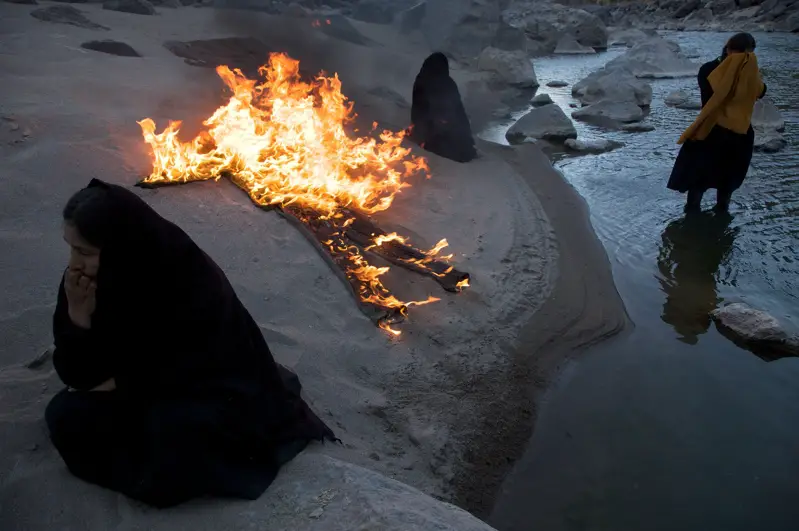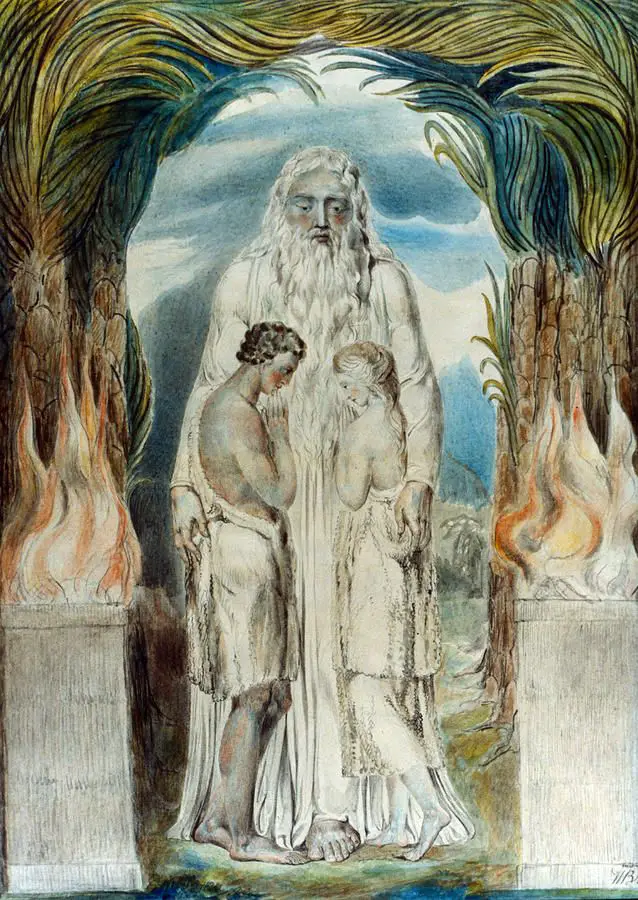di Andrew Casella
cover: William Blake, illustration for Dante Alighieri's Divine Comedy
In the first article of this cycle [cf. Cyclic time and its mythological meaning: the precession of the equinoxes and the tetramorph], we have said that, at regular intervals, due to the precession, some alternations of constellations occur in the four cardinal points of the year. This is the reason why the sacred texts speak of certain "catastrophes" that determine some "submergence" of an old "earth" and the rise of a new one (at least up to a certain time in history). Each age of the world has its "earth", that is its ecliptic plane, delimited by the equinoxes and solstices, which emerges from the "sea", that is, from the demarcation plane of the celestial equator. When the points of the year are determined by other constellations, a new "earth" rises on the horizon, while the old one sinks below sea level.




